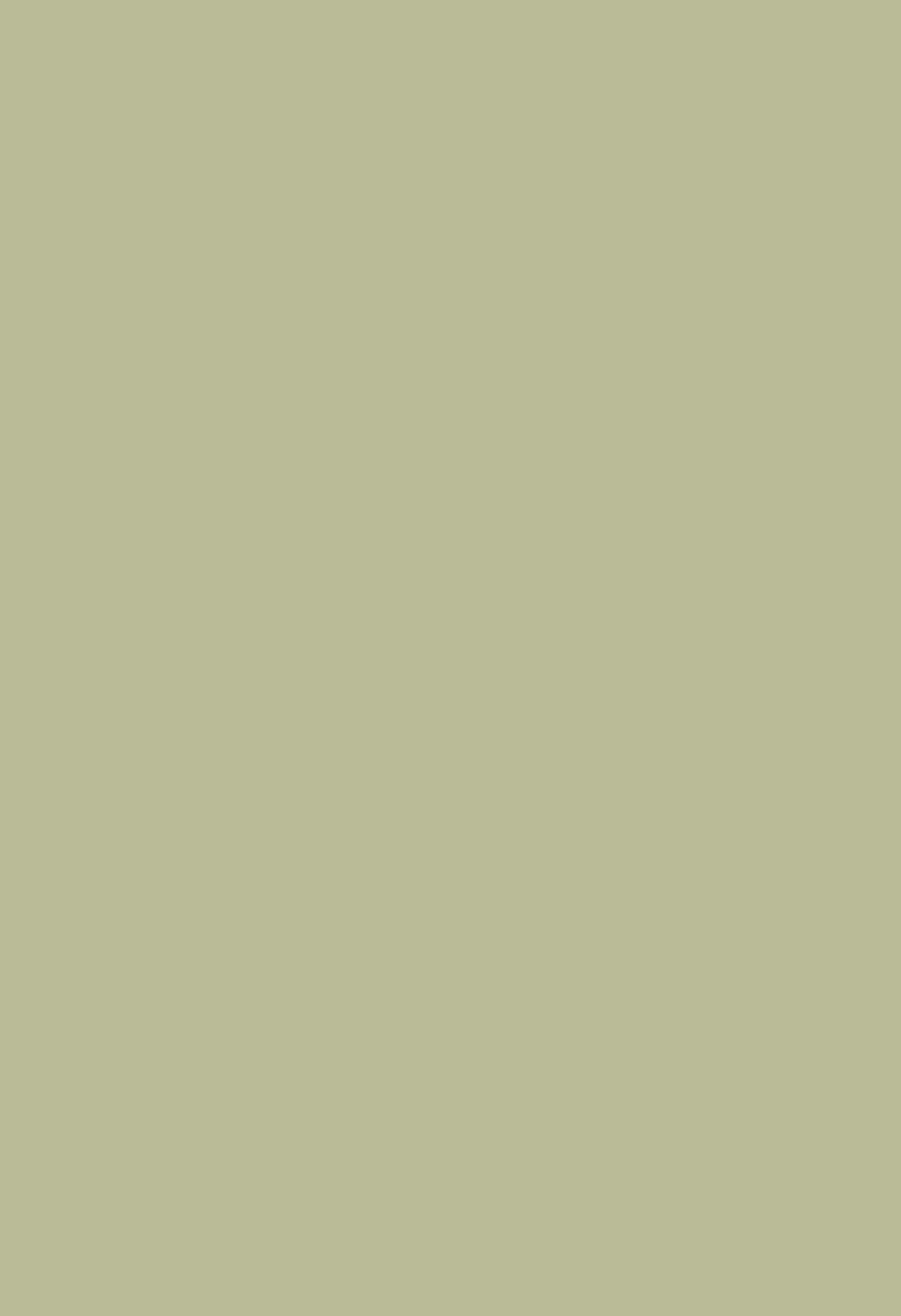
Georges Braque (1882-1963) is largely known for his contribution to the development
of Cubism, which he pioneered alongside Pablo Picasso. During the 1890s, Braque
trained to be a house painter, like his father, but also studied shortly at the Académie
Humbert and at Léon Bonnat’s studio at the École des Beaux-Arts, before he settled
in the artistic community of Montmartre, Paris, around 1902. In this transition to life
in Monmartre, Braque was exposed to paintings by Derain and Matisse, and formed
friendships with the sculptor, Manolo, and the writer, Maurice Raynal, subsequently
spurring Braque’s decision to abandon academic styles altogether, instead turning
his attention toward experimentation with Fauvism. After exhibiting at the Salon des
Indépendants in the spring of 1907, he was introduced by the poet Guillaume
Apollinaire to Picasso.
Following their initial meeting, Braque visited Picasso’s studio in late 1907 and viewed
Picasso’s now famous
Demoiselles d’Avignon
(currently in the Museum of Modern
Art, New York). Braque’s work following this studio visit immediately displayed the
profound influence of Picasso’s early masterpiece, particularly evident in his first
etching,
Etude de Nu
, 1907-8 (lot 95); Braque’s palette became more muted, his
surfaces flatter and his still lifes more stylized. By the winter of 1909-10, both Braque
and Picasso had studios in Montmartre and saw each other on a regular basis. During
their time in Montmartre, the artists focused on establishing Analytic Cubism and
technical experimentation, such as adding novel substances (like sand and enamel)
to their paint. Braque suffered serious injuries in World War I and a resulting two
year convalescence followed. He resumed painting in 1916 and continued to produce
art until his death in 1963.
Braque exhibited three paintings at the Armory Show: the 1912 Cubist composition
Le Violon
, the Fauve landscape
La Forêt
and
Le Port d’Anvers
, all lent by the Parisian
art dealer Henry Kahnweiller (whose gallery exhibited the artist’s first Cubist paintings
in 1908).
Le Violon
, now called
L’Affiche de Kubelick
, was listed for $202.50 ($4,783.85
today), as was
Anvers
, now called
Le Port d’Anvers
. Braque’s third work,
La Forêt
, was
listed for $216 ($5,102.77 today).
Le Port d’Anvers
, 1906 (which surprisingly did not
sell at the show, but is now in the collection of the National Gallery of Canada,
Ottawa) was hung near Gallery H, with Matisse and the other Fauves.
Of all the exhibition rooms, Gallery H produced the strongest public outrage with
it’s seemingly naïve and childlike compositions. The paintings offended the
sensibilities of visitors and critics alike, who viewed them as reverting back to a more
primitive state. Surprisingly, Braque and Picasso, as the formulators of Cubism,
received little attention compared to other Proto-Cubist artists, such as Duchamp,
whose works proved to be much more provocative and sensational to the press.


